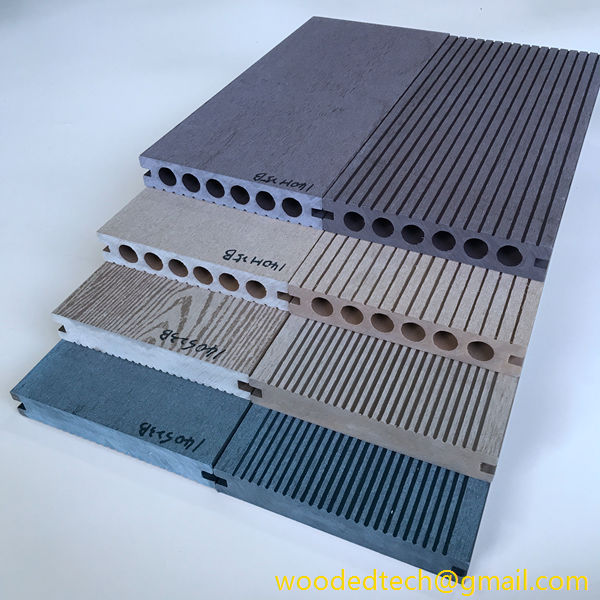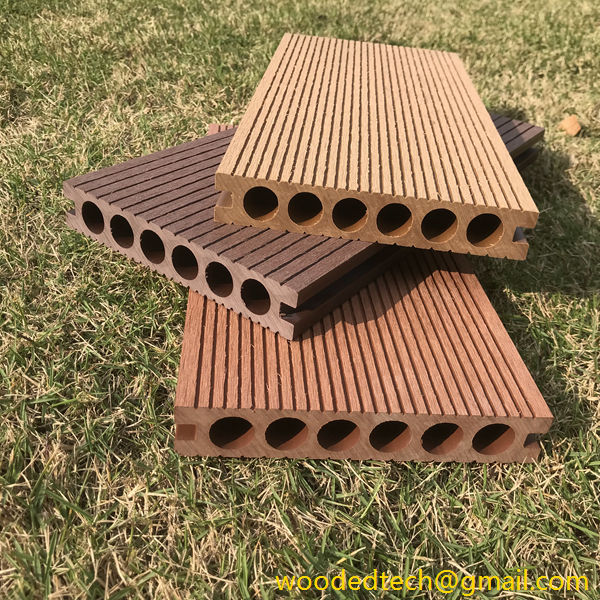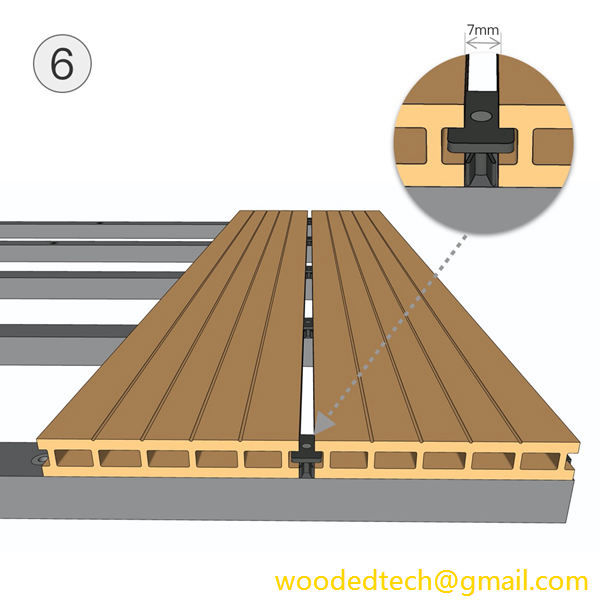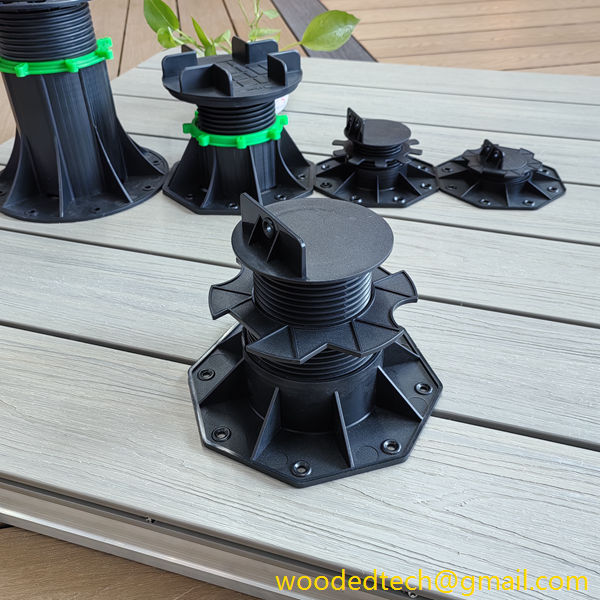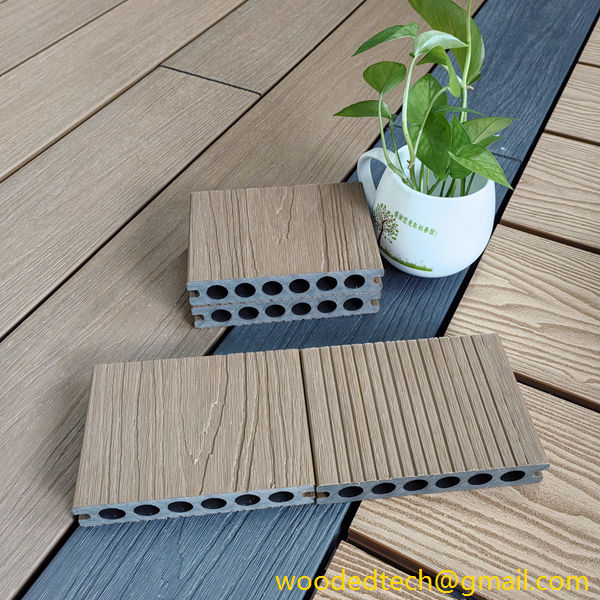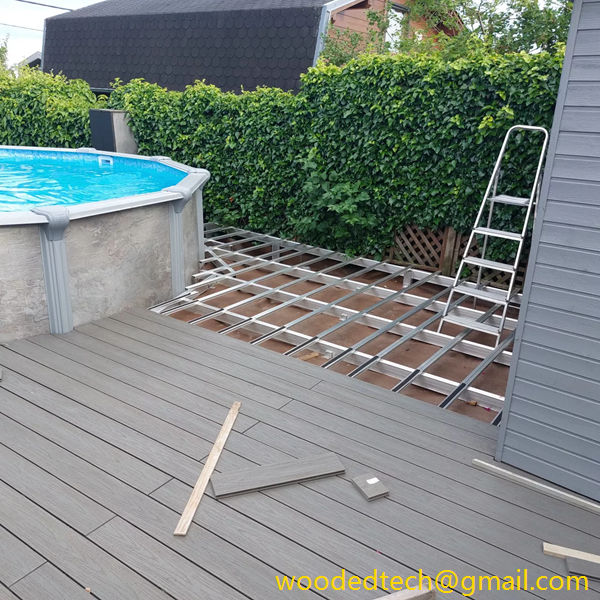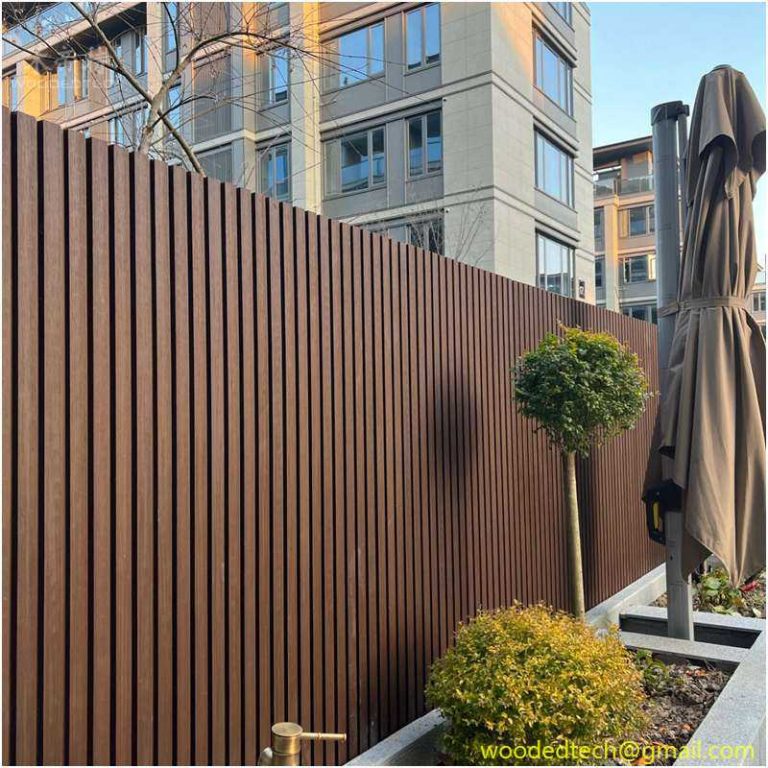Understanding Composite Decking Widths for Your Design Needs
Understanding Composite Decking Widths for Your Design Needs Composite decking has emerged as a popular choice for homeowners and builders looking to create attractive, durable outdoor spaces. One of the key aspects to consider when selecting composite decking is the width of the boards. Understanding the various widths available can significantly impact your design choices…
Understanding Composite Decking Widths for Your Design Needs
Composite decking has emerged as a popular choice for homeowners and builders looking to create attractive, durable outdoor spaces. One of the key aspects to consider when selecting composite decking is the width of the boards. Understanding the various widths available can significantly impact your design choices and the overall aesthetic of your deck. In this article, we will explore the different widths of composite decking, their advantages and disadvantages, and how to choose the right size for your specific design needs.
Composite decking is made from a blend of wood fibers and recycled plastic, resulting in a material that mimics the appearance of wood while offering enhanced durability and resistance to the elements. One of the primary benefits of composite decking is its versatility. It is available in a range of sizes, colors, and textures, allowing homeowners to create a customized look for their outdoor spaces.
When it comes to the width of composite decking boards, you will typically find options ranging from 3.5 inches to 6 inches, with some manufacturers offering even wider boards. Each width has its own unique characteristics and can influence the overall appearance of your deck.
Narrower boards, typically around 3.5 to 4 inches in width, are often used for smaller decks or areas where a more intricate design is desired. These boards can be arranged in various patterns, allowing for creative layouts that can make a smaller space feel larger. Additionally, the narrower width can lend a more traditional or rustic appearance to your deck, which may be desirable for certain architectural styles.
On the other hand, wider boards, usually ranging from 5 to 6 inches, are ideal for larger decks or open spaces. The broader surface area of these boards allows for a more streamlined look, creating a sense of spaciousness. Wider boards can also mean fewer seams and joints, which can simplify installation and maintenance. With fewer gaps, wider boards can minimize the buildup of debris and make cleaning the deck easier.
Another important consideration when selecting the width of your composite decking is the intended use of the space. If you plan to host gatherings or entertain guests, wider boards may provide a more stable surface for furniture and foot traffic. Conversely, if you are designing a cozy nook or a smaller deck, narrower boards can help create a more intimate atmosphere.
When selecting the width of your composite decking, it is also essential to consider the structural support required for the boards. Wider boards may require more substantial framing and support compared to narrower boards, which can impact the overall design and construction of your deck. It is advisable to consult with a professional or refer to the manufacturer’s guidelines for specific recommendations regarding the spacing and support of the decking boards.
In addition to width, the thickness of the composite decking boards is another factor to consider. Thicker boards, often around 1 inch, can provide additional durability and resistance to warping or bending. This can be particularly beneficial in areas with extreme weather conditions. However, thicker boards may also require additional structural support, which could influence your design choices.
Color and texture are also essential elements of composite decking that can affect your design. Many manufacturers offer a variety of colors and finishes, allowing you to match your decking to the overall aesthetic of your home and landscape. When selecting a color, consider how it will look in different lighting conditions and how it will complement your home’s exterior. Textured surfaces can enhance the appearance of your deck while providing additional slip resistance, which is crucial for safety, especially in wet conditions.
The style of your home and the surrounding landscape should also influence your choice of composite decking width. For a modern home, wide, sleek boards in a neutral color can create a sophisticated look. In contrast, a cottage-style home may benefit from the charm of narrower boards with a rustic finish. Additionally, consider how the decking will interact with other outdoor elements, such as railings, furniture, and landscaping.
Finally, budget is a vital consideration when choosing composite decking. Wider boards may be more expensive than narrower options, not only in terms of material costs but also in potential installation expenses. It is essential to balance your design aspirations with your budget constraints to ensure that you achieve the desired look without overspending.
In conclusion, understanding the various widths of composite decking is crucial for making informed design decisions. By considering the intended use, structural requirements, aesthetics, and budget, you can select the right size that aligns with your vision for your outdoor space. Whether you opt for narrow boards that allow for intricate designs or wide boards that create a spacious feel, composite decking offers a multitude of options to enhance your home and outdoor living experience. With careful planning and consideration, you can create a beautiful and functional deck that meets your design needs and stands the test of time.

